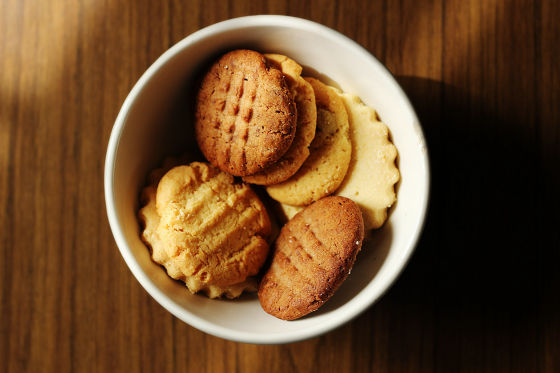You can see how much sugar is contained from champagne foam

by Joonas kääriäinen
Saccharose and yeast are added to white wine during the process of sparkling wine, champagne of Champagne region special product. If you hear "add sugar", it sounds like a cheap wine manufacturing method, but this is a venerable recipe and it is the core part of making champagne. The science of making champagne is spoken in British news media BBC.
BBC - Future - The chemistry that gives champagne its famous fizz
http://www.bbc.com/future/story/20181217-the-chemistry-that-gives-champagne-its-famous-fizz
Gerard Liger-Belair, a physicist at Reims Champagne-Ardenne University in France, is a person who continues his research on champagne foam. According to Liger-Belair, there is a direct correlation between the number and size of bubbles contained in champagne and the amount of sugar contained in champagne. Since microorganisms decompose sugars and release carbon dioxide, it produces shuffy foam which is characteristic of champagne, so when the amount of sugar is large, the amount of energy that microorganisms decompose increases and more bubbles are generated It says that the size of the foam will also increase.
Strictly speaking, since the inside of the bottle of champagne is decompressed, no bubbles will occur until the bottle is opened. Also, scratches on champagne glasses and bubbles are made even if they come into contact with dust.

by JESHOOTS.com
Most yeast added to wine dies until champagne is completed, but since the remnants remain, it is necessary to remove this for champagne making. In order to remove sediments called saga, the champagne maker first saves the bottle at the angle shelf with the bottle tip facing downwards while rotating the bottle. By doing this, the sediment accumulates in the neck part of the bottle, and finally the starch solidifies by attaching the neck of the bottle to cold salt water below 0 degrees. In this state, the stopper is pulled out, and the sludge is removed by letting the clump of sediment out by the gas pressure inside. And I add sugar and champagne to compensate for the loss of champagne, but this amount determines the sweetness and dryness of champagne. It is said that cork will be packed after this process called "Dosage" is over.
When sugar is added and rag is removed, in the bottle of champagne Maillard reaction occurs with ripening. By Maillard reaction it is said that flavors like biscuits and toasts are born on champagne in champagne and usually champagne is packed and sold soon, but for this flavor there is value to aging for one year that wine critic Peter Liem says.

by BenjaminNelan
Mr. Liger-Belair is studying how long it is possible to aged champagne for a long time without damaging the foam. According to Liger-Belair, it is said that champagne aged for decades is the highest, but on the other hand it can not do long-term sealing with cork. It is because bubbles are lost due to deterioration of cork when mature champagne. For this reason Liger-Belair's current task is to improve the dynamic environment inside the cork and bottle using a mathematical model.
In addition, the bottle of champagne contains about 5 liters of carbon dioxide, when you open the champagne and add a twisting movement to the cork, you can enjoy the champagne without overflowing the bubbles.
Related Posts:
in Food, Posted by darkhorse_log







